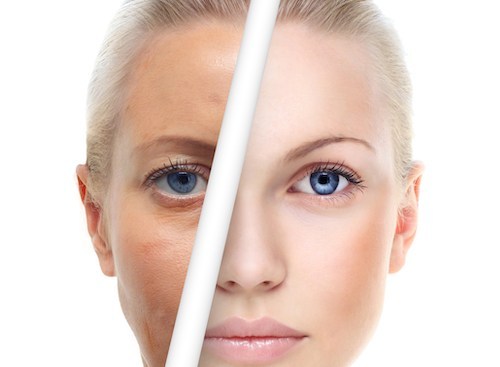Melasma Treatment in Pakistan
“My skin looks brighter and younger than it’s ever looked.”
Patient
________________________________
Melasma is a skin condition that can greatly alter your image for the worse. Pigmented patches coupled with skin irritation makes melasma a cumbersome condition to live with. Dr Sana offering most advanced laser melasma treatment in Pakistan.


Melasma or chloasma is a common skin pigmentation disorder that causes the appearance of brown or grey patches. This mostly occurs in women, aged 20-50, with only a small percentage of patients being men. This usually affects areas of the face, but it may also appear on other parts of the body.
While the exact cause(s) for melasma has not yet been fully understood, certain triggers have been associated with melasma. It is generally agreed that melasma is caused by a combination of sun exposure and the hormonal changes that occur during pregnancy.
The factors contributing to melasma include:
• Sun exposure
• Exposure to ultraviolet (UV) light
• Pregnancy
• Birth control pills
• Use of certain skincare products
Remember that, after the Melasma Treatment you should always wear sunblock when outside and avoid sun exposure, which can retrigger pigmentation

Melasma is not a harmful skin condition and often goes away after pregnancy or when the medication affecting hormones has been discontinued. However, if the symptoms persist for a prolonged period, you should book a consultation with Dr. Sana Younas for melasma treatment. She will determine which treatment option is the best fit for your situation.
Below are some of the procedures offered in Lahore by Dr. Sana to treat face melasma.
Microdermabrasion For Melasma
Microdermabrasion is a popular cosmetic procedure used to treat many skin disorders. In this treatment, very fine crystals are rubbed across the skin under pressure to exfoliate it. This removes the top layer of dry, dead skin cells. The procedure is suitable for patients of all skin tones.
This procedure is minimally invasive, is virtually painless and takes about 30-40 minutes to complete. Moreover, there is little to no downtime involved with microdermabrasion. You can return to your regular activities almost immediately.
Chemical Peel For Melasma
During this procedure, a chemical solution is applied to your skin which causes it to exfoliate and eventually peel off. This reveals fresher, smoother and untainted skin not affected by hyperpigmentations.
There are three types of chemical peels: light, medium and deep. Which one you will be treated with depends on your condition. With light chemical peels, there is not much downtime required. However, with medium or deep peels, there may be a few weeks of recovery time required.
There are some mild side effects and complications involved with this procedure which depend on your skin type and medical history. A consultation with Dr. Sana will be the best way to determine if chemical peels are a good option for your situation.
Dermabrasion For Melasma
Dermabrasion uses a rotating device to remove the outer layers of skin. The skin that grows back is younger-looking and much clearer. This procedure should not be confused with microdermabrasion. Dermabrasion is an invasive surgical procedure performed with the use of anesthesia, which would otherwise be too painful to endure.
While dermabrasion is more invasive and requires a longer recovery time, during which you may experience swollen skin with some tingling or pain, the results speak for themselves. Many patients report significantly improved skin tone and texture, in addition to their hyperpigmentation being nearly entirely removed.
What parts of the skin does melasma affect
Melasma affects areas of the face including:
• forehead
• nose
• cheeks
• chin
• upper lip
It may also affect other areas exposed to sunlight, such as the neck and forearms.
How is melasma diagnosed
Usually, Dr. Sana can diagnose melasma simply by a patient’s appearance. In some cases, a biopsy may need to be carried out. This means a small sample of your skin will be taken to be further examined.
How is melasma diagnosed
Melasma is a difficult skin disorder to treat. It may take several treatments before you start to see results. In many cases, the symptoms reappear after some time which is not unexpected. You will need to work closely with Dr. Sana to completely treat this condition. It is certainly possible to be treated and many patients have reported very encouraging results.
